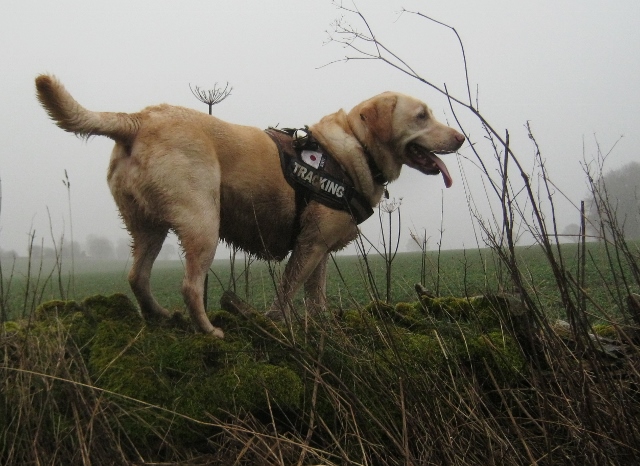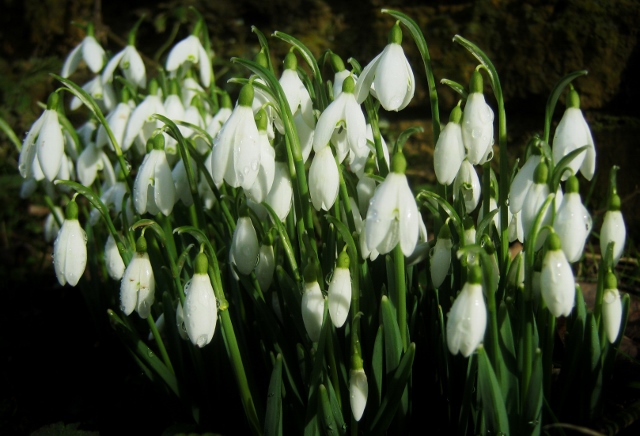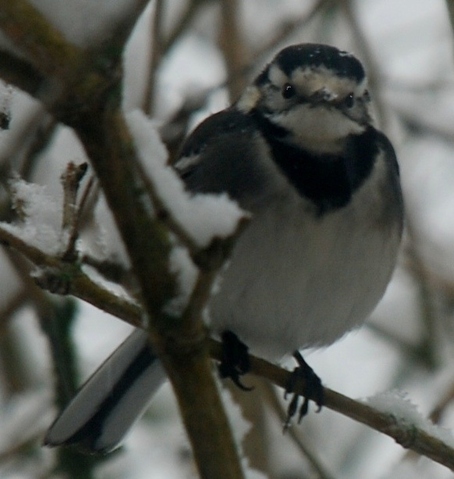In the wake of the catastrophic decline in the national Tree Sparrow population comes the humble House Sparrow. Both are disappearing from town and country at an unbelievable rate. Fast enough in fact, to result in both species becoming virtually extinct within the next ten Years! ….but why? Well, no-one seems to be absolutely certain despite a number of theories currently on offer….and I don’t have any answers either. However, in my job, I do get to notice things, if only because that’s basically what my job involves….noticing stuff and I’ve certainly noticed a few things of late with regard to the poor old Tree and House Sparrows.
It’s not my place to gainsay the experts, but I will say this….I have noticed more and more examples of wild Sparrows apparently suffering from one sort of ailment or another than ever before. In the last two years alone I have observed no less than 101 such cases, mostly examples of what I’ve assumed to be severe mite infestations of one sort or another or even cases where birds have displayed similar symptoms to advanced psittacosis, scaly-face, scaly-leg, eye infections, assorted feather complaints, squirty poo (I have trouble spelling diarthingywotsit) and beak deformity problems.
The bird I’ve photographed here was one of seven similarly affected individuals (male and female) in a flock of fifteen. All seven appeared to be slightly out of sorts and it took me an entire day to establish that few, if any, of the seven affected birds were feeding even half as much as the normal birds.
Just a localised problem you think? If only that were the case. The 101 examples that I’ve already mentioned were spread fairly evenly across seven counties in the south-west of the UK, including Gloucestershire, Herefordshire, Worcestershire, Warwickshire, Wiltshire, Somerset and Cornwall, while only in Oxfordshire and Devonshire have things appeared to remain “normal” based on my own observations.
Ok, I’m just one man doing the noticing and wild birds have always suffered with the usual multitude of diseases and ailments….but never, I believe, on this scale! So, could it be that something out there is causing many of our wild birds to have much lower immunity or resistance to illnesses or the side-effects of conditions such as mite infestations than ever before? Or are there, for example, simply more mites around for some reason to infest more birds and make them poorly?Well, I occasionally manage to obtain samples of droppings or even feathers of infected/affected birds and I’m able to send them off to our lab guys for analysis. Meanwhile however, I just carry on noticing stuff and hope that it’s all just a blip on the radar.
Notice the total lack of facial plumage compared to the normal, healthy hen House Sparrow shown below. Mites? Possibly, but I didn’t see any of the seven affected birds from the flock to which the above individual belonged so much as attempt to either scratch themselves or rub their faces on branches or somesuch.Possibly something to do with local mite-infested nest-boxes then (the photos were taken in late October 2009 by the way)? Mmm….Maybe. Nest-boxes do need to be cleaned out at the end of every breeding season because mites will otherwise easily survive the winter months. Also, the huge increase in the number of people feeding birds in recent years, but failing to clean the feeders regularly has definitely led to increased gastric problem-based mortalities amongst Greenfinches, Chaffinches and probably House Sparrows as well….and all these things tend to add up, especially when calculated on a national scale.



